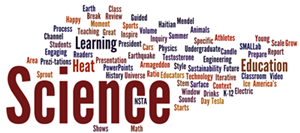
I'm Ina Fried with CNET. I'm here in our labs with the MacBook Air that Apple introduced recently as well as the, a Dell Latitude, typical Windows 7 PC.
One of the challenges that I think the new MacBook Air presents for Windows is it really brings some of the instant-on capabilities that have been very popular on the iPhone and iPad and takes them into the computer round.
Windows 7 is certainly the best Windows machine yet at going to sleep and waking from sleep, but might hunches that it's still not the same kind of performers. We are gonna see from this. So I want to give a little bit of run-through side grab.
One of the fastest machines we had in Dell. Now it's not a solid state drive, so it's not an Apple-to-Apple's comparison. Pardon upon. But I do think it gives a sense of the performance of a typical Windows 7 machine and a typical new modern machine in the MacBook Air.
So the first thing I'm gonna do is put both machines to sleep. To do that in both cases, all you have to do is shut the lid. And it takes the Windows machine a little bit longer. You see the Apple light go out sooner, the sleep button on the Windows machine takes a little bit longer. But that's not something the average users gonna notice much. Now I'm gonna wake the two machines and you'll see the difference. With the MacBook Air is up almost instantly, the Dell it takes just a little bit longer.
Now it may not seem like a huge difference, but I do think that over time this is a potential advantage for the Mac, as it's able to tell really the same kind of instant zippy experience that you get on the iPad actually brought to the computer. The Dell is not slow. But my experience is that overtime that resume just isn't quite as zippy as the computer experience versus consumer electronics experience. And that's a key difference that I think Microsoft needs to worry about as it works on the future of Windows.
For CNET, I'm Ina Fried.
注:本篇文章英文来自普特论坛,译文属可可英语原创,未经允许,请勿转载。












